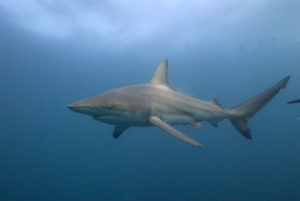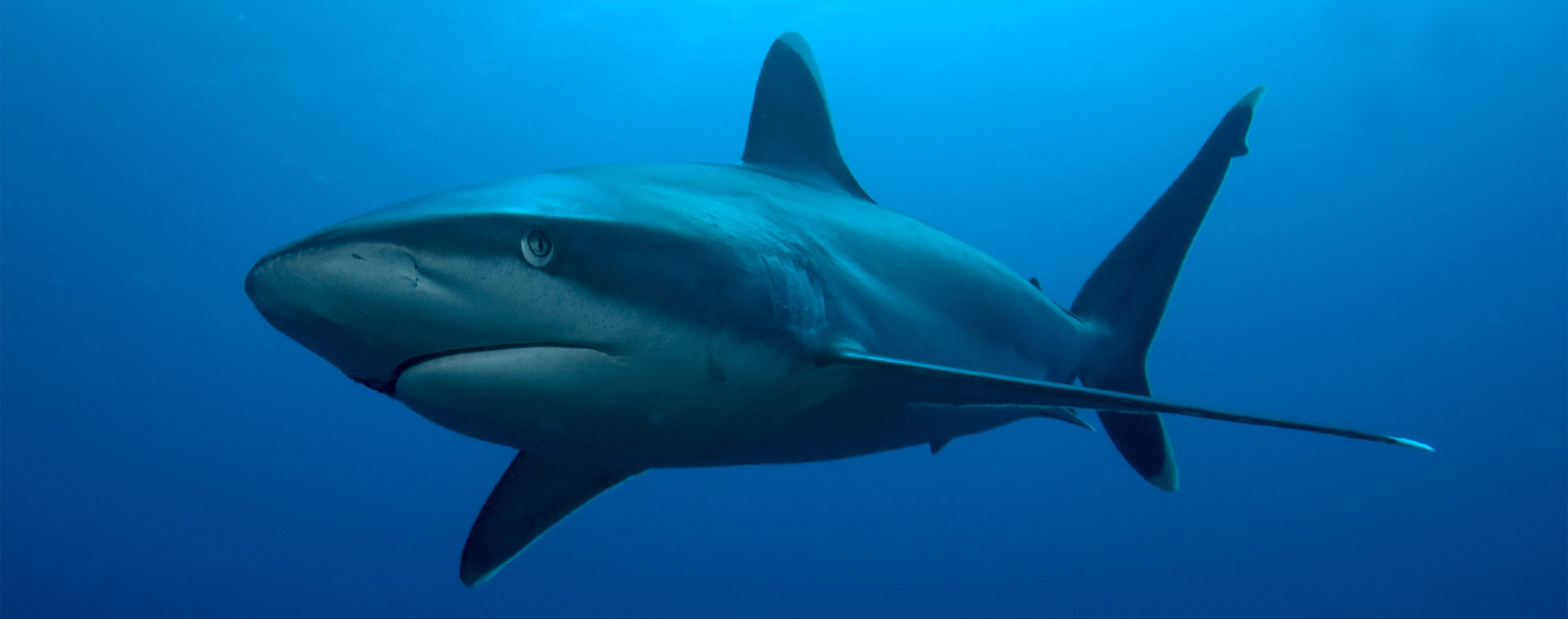Produits à base de requins et de raies au Bangladesh

Pratiquement 30% des requins et raies sont considérés comme menacés ou quasi-menacés d’extinction selon la liste rouge de l’UICN. Il faut toutefois préciser que pour 47% des espèces de requins (c’est-à-dire 260 espèces environ), les données sont insuffisantes pour statuer sur l’état des populations. Il y a beaucoup de demandes pour des produits à base de requins et ces derniers sont victimes des pratiques de pêche non durable.
Ils sont exploités avant tout pour leurs ailerons, leur viande, leurs cartilages, l’huile de leur foie et leur peau, et aussi pour leurs mâchoires et leurs dents. Les raies sont ciblées plutôt pour leur viande, leur peau, leurs branchies et leur foie. La soupe de requin est un plat considéré comme rare et donc cher dans de nombreux pays d’Asie. Mais les consommateurs de requins ne sont pas que de riches asiatiques car la demande, y compris pour de la médecine, concerne bien d’autres catégories de consommateurs. Ainsi, l’Inde était entre 2000 et 2011 le second pays produisant le plus de produits venant des requins. Onze espèces de requins, et 24 espèces de raies ont été recensées dans les eaux de la côte sud-est du Bangladesh en 2014. (…) Les informations sont rares et de telles proies sont une source de revenus non négligeables pour les pêcheurs de la région.
Cette étude montre qu’aucune partie du requin et de la raie n’est jetée pendant le traitement, et les différentes parties du corps sont fournies à des groupes de consommateurs différents au niveau national, ainsi qu’à l’étranger.
Les espèces concernées sont :
REQUINS Alopias sp. classé VU - Annexe II de la CITES - requin renard Carcharhinus amboinensis classé NA - non listé - requin balestrine Carcharhinus limbatus classé NA - non listé - requin bordé Carcharhinus sorrah classé NA - non listé - requin à queue tachetée Galeocerdo cuvier classé NT - non listé - requin tigre Rhincodon typus classé EN - annexe II CITES - requin baleine Scoliodon laticaudus classé NT - non listé - requin épée Sphyrna lewini classé EN - Annexe II CITES - requin marteau halicorne
RAIES Aetobatus narinari, Brevitrygon sp., Gymnura japonica, Gymnura poecilura, Himantura leoparda, Himantura uarnak Himantura undulata, Mobula japanica, Neotrygon kuhlii, Pateobatis uarnacoides, Rhinoptera javanica
RAIES GUITARES Glaucostegus granulatus, Glaucostegus obtusus, Rhina ancylostoma, Rhinobatos annandalei
POISSON-SCIE Pristis pristis, classé en danger critique d'extinction - listé en annexe I de la CITES
SHORT REPORT of the Article by Alifa Bintha Haque, Aparna Riti Biswas and Gulshan Ara Latifa in TRAFFIC Bulletin Vol. 30 No. 1 (2018)
Observations of Shark and Ray products in the processing centres of Bangladesh, Trade in CITES Species and conservation needs
Nearly 30% of all shark and ray speciesare now designated as Threatened or Near Threatened with extinction according to the IUCN Red List of Threatened Species. This is a partial understanding of the threat statusas 47% of shark species have not yet been assessed owing to data deficiency (Camhi et al.,2009; Bräutigam et al., 2015; Dulvy et al., 2014). Manyspecies are vulnerable due to demand for their productsand are particularly prone to unsustainable fishing practices(Schindler et al., 2002; Clarke et al., 2007; Dulvy et al.,2008; Graham et al., 2010; Morgan and Carlson, 2010).
Sharks are exploited primarily for their fins, meat, cartilage, liver oil and skin (Clarke, 2004), whereas raysare targeted for their meat, skin, gill rakers and livers. Most shark catch takes place in response to demand forthe animals’ fins, which command high prices (Jabadoet al., 2015). Shark fin soup is a delicacy in many Asian countries—predominantly China—and in many othercountries (Clarke et al., 2007). Apart from the fins beingserved in high-end restaurants, there is a demand for otherproducts in different markets and by different consumergroups, and certain body parts are also used medicinally (Clarke et al., 2007).
India was identified as the second-largest shark productproducer in the world between 2000 and 2011 (Dent andClarke, 2015). Although 11 species of sharks and 24 species of rays were recorded in the waters of the south- eastern coast of Bangladesh in 2014 (Jit et al., 2012), dataon the trade in shark and ray products in Bangladesh and the associated trade dynamics are scarce and no overall species assessment has been carried out in the area to date. Littleinformation on region-specific trade dynamics and productcharacterization is available, which is hindering sustainable management. Information is even more scarce in the Bay of Bengal region. As the most underrepresented marine group of species in the Bay of Bengal, elasmobranchs haveyet to be recognised as a conservation priority; meanwhile,exploitation continues, largely unregulated and with few, if any management strategies in place.
Catching sharks and rays brings much needed extraincome to the poor fishers in the region. During the courseof an in-depth study by the authors on the trade dynamics and value-chain analysis of shark and ray products in Bangladesh, it was found that no part of the shark and rayis discarded during processing, with different body parts supplied to different consumer groups both nationally and overseas. One of the aims of this study was to record theproducts being processed in Bangladesh and their uses.
To read the article by Alifa Bintha Haque, Aparna Riti Biswas and Gulshan Ara Latifa in TRAFFIC Bulletin Vol. 30 No. 1 (2018) :
http://static1.1.sqspcdn.com/static/f/157301/27904945/1526035948867/bulletin-30.1-sharks-rays-bangladesh.pdf?token=w%2FUDxMqIKSDw3BemfcYLK7E79EQ%3D
Extrait : « No part of the shark or ray is discarded during processing; products comprise fresh and driedmeat, skin, vertebrae, jaws, teeth, fins, dried whole fish, intestines, the rostrum of sawfish, liver and liver oil, and gill plates of mobulid rays. All products are exported, and many are also destined for the domestic market (fresh and dried meat, liver oil, bones, jaws, teeth, and intestines, for example).
The bodies of the sharks and rays are taken from thelanding sites to the processing centres where they are cleaned in flowing water to remove any dirt and slime. In the case of sharks, experienced butchers remove the four fins after which the body is skinned (in the case of larger specimens) and gutted and the meat cut into manageable pieces. The vertebral column, jaws and sometimes the teeth are extracted and kept separately. The liver is removed and kept in a drum with other livers collected that day.«

Commentaires récents